Beauty During The Elizabethan Times
You will be surprised by some of the standard beauty practices during that era!
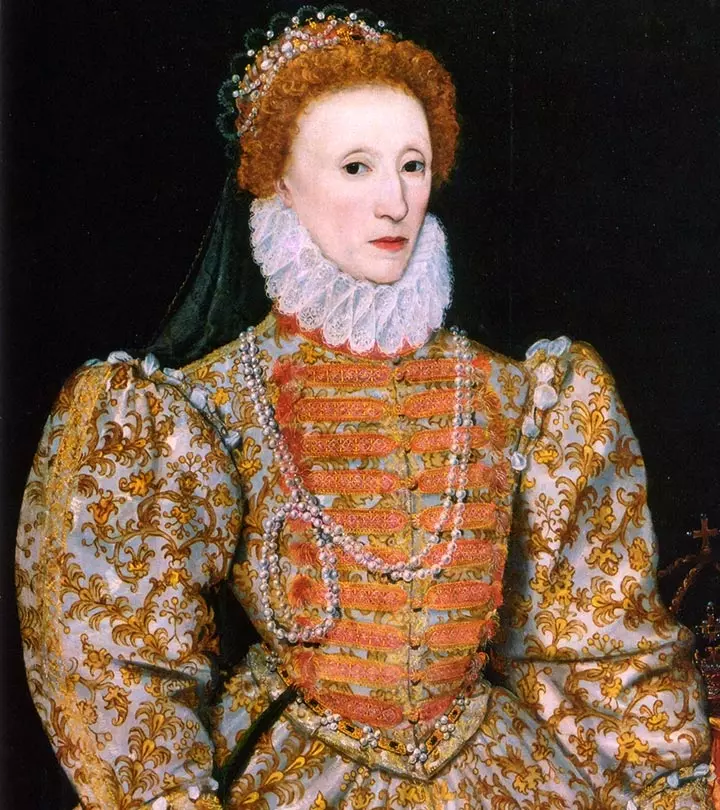
Image: Source: taringa.net
The Elizabethan period, from 1558 to 1603, has always been described as the Golden Age in English history, with Queen Elizabeth I at its helm. It was an age of prosperity in culture and intellect with so much activity in the arts, literature, and expedition. This represented the stability and growth that England so beautifully showcased. It was during this time that people began to attach importance to appearance in society, allowing it to dictate one’s status and virtue. The influence of the Renaissance movement led to new ideals of beauty. Here is my take on the history of makeup and beauty in the Elizabethan times. I found their techniques very unique and adaptable. So here i give you some such tips that even we can follow in today’s times!
 Keep In Mind
Keep In Mind- Elizabeth Era Hairstyles: Women during Elizabeth times rarely let their hair down and wore intricate hair styles such as crown braids.
- Rouge: Vermillion was a key ingredient used to make rogue in Elizabethan times.
- Curls: Tight curls were added to frame the face and were placed close to the head.
In This Article
Cultural Influences On Beauty Standards
The beauty standards of the Elizabethan period were quite pressure-laden, often set by the upper classes. Women were judged based on their pale skin and red-gold hair, seen as the epitome of beauty. Women who did not have these characteristics were pressured to somehow mold themselves to fit them. These beauty standards, therefore, were not just an issue of vanity but survival in society.
A woman’s looks could directly affect her positioning in society. Being unable to afford expensive cosmetics and practices of the time meant the lower classes were often kept out of these beauty ideals and reinforced the class structure of the time. These beauty regimes reflected the order of society as it existed at the time, where appearance was connected to social standing and virtue.
Taking into consideration the cultural influences that developed beauty standards, one also needs to get into understanding how those ideals were embedded and framed. Elizabethan’s beauty was far from individual tastes but intricately linked with societal constructs, power, and class as we read. This reveals the cultural influences of the Renaissance and the rigid social structures of the Elizabethan era.
Uncovering the historical nature of these standards shares some profound insight into this salient period. Keep reading to know more!
Key Takeaways
- Fashion and aesthetic trends throughout the Elizabethan era were mostly affordable for the rich.
- Women would apply white lead cosmetics to their skin to create the ideal pale complexion, which was regarded as the height of beauty.
- Elizabethan-era hairstyles saw people opting for fair hair, which involved dyeing the hair with bleaching components such as cumin, saffron, and unbelievably urine. The rich were seen sporting headpieces and jewels in the hair.
- Thin eyebrows with high arches were a sign of wealth and the aristocracy.
- Queen Elizabeth I was a fashion icon who inspired the era’s beauty trends.
Beauty In the Elizabethan Era
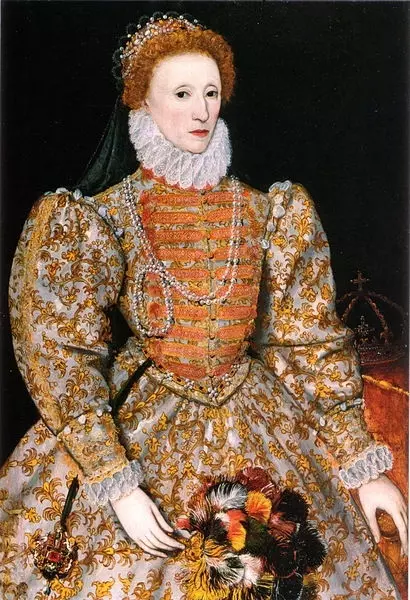
The Elizabethan Age is said termed the “golden age of English history,” for it was under the reign of Queen Elizabeth that England underwent a renaissance; it was also called the Tudor era as Queen Elizabeth was the last of the Tudor monarchs. She was a guiding portrait of beauty, elegance and sophistication. No other queen in English history had such a great impact on beauty as she did.
All about the face during Elizabethan times: In the Elizabethan society, the beauty standards were different from what we have today. Perfumes were mostly floral and subtle, often based on violets, and the makeup would also be understated and as natural as possible, as anything more than subtle in a woman deemed her a “fallen woman” or prostitute. During that time, mostly amongst the royals, aristocracy and courtiers, a pale complexion was considered a sign of good health, luxury and prestige. Poor people could not achieve such a complexion due to the burden of going out and working hard for their living, resulting in a tan. Wealthy women, to gain such a complexion, used several different things: the commonest way to gain a hint of lavishness and refinement was through their cosmetics and the use of Ceruse, a foundation made from mixing the poisonous white lead and vinegar. Many people preferred to apply tin ash, sulfur, alum, etc., egg whites were used to hide wrinkles.
 Trivia
Trivia
What about eyes and their eyebrows? : Kohl was used by people in the Elizabethan Era to outline their eyes and make them look darker. A sign of aristocracy during that time was to have arched and thin eyebrows that created a high forehead. To make their eyes sparkly and larger, a chemical named Belladonna was also used. Eyebrows were plucked to achieve their desired look.
 Trivia
TriviaWomen during the Elizabethan era used eyeshadows made from the ground nacre (mother of pearl) mixed with plant pigments.
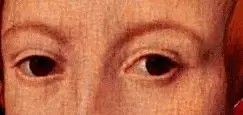
Hair
This hair was used not only as an expression of self, but also as the most obvious proof of class and wealth. The hairstyles worn by elite women, especially nobility, were adorned with rich accessories such as pearls, ribbons, and jewels, clearly indicating their social status. These styles also often went hand-in-hand with wigs that were made of fine hair, becoming the fashion staple of the higher sections of society. The upper classes were frequently elaborately dressed with such fancy hairstyles that required time, labor, and financial investment.
Queen Elizabeth had reddish hair. Thus people started to dye their hair in to a reddish shade. Fair hair during that time was considered fashionable. People used different bleaching agents to make their hair fair like- Saffron, celadine,cumin seeds and even urine! Wigs were also used to get that fair hair look. Their head was curled tightly from the front. Hair was adorned with jewels and head pieces. Only rich people could afford them as they were very costly.
Pip, a beauty blogger, shares her experience of styling and prepping a wig in Elizabethan style. She writes, “To try and stay as true to the era, we were encouraged to stay away from heated hair tools such as hair tongs and rollers. Instead, I prepped by pin curling the back section of the hair while it was wet (i).” She continues, “To achieve the Elizabethan-styled height and bulk, I used padding at the front of the head and pinned the front curls over. The back can be brushed back and shaped round a donut-shaped padding. I used pearled accessories to finish the piece.”

Cheeks and Lips: Rogue cheeks and lips were very popular in the Elizabethan era and have become a very strong part of the history of lipsticks and lip makeup. Women to achieve them used plants like madder that had red roots. Animal dyes like cochineal were also used. Egg white and ochres were mixed and applied to the cheeks.
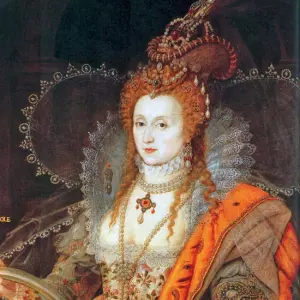
Didn’t the Elizabethan people get blemishes due to all such chemicals?
The Elizabethan people due to such extensive use of chemicals often got freckles, spots and blemishes. To get rid of them they used rose water, mixture of egg shells,lemon juice, mercury, honey, alum, etc. Washing face with mercury was very popular.
Wealthy people would also bathe in ass’s milk.
As we saw, during this time, it was fashionable for women to have high foreheads. They would pluck their hairlines back to create the illusion of a larger forehead, which was seen as a symbol of beauty and intelligence. Some women even went as far as shaving their eyebrows off entirely and wearing fake ones made of mouse skin or human hair! This trend was known as the “Elizabethan forehead” and was popularized by Queen Elizabeth I herself, who famously had a high forehead and thin eyebrows.
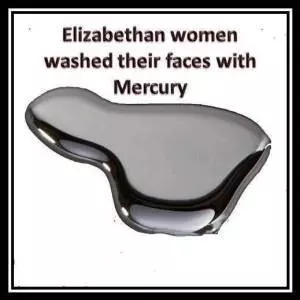
Thus, we see how the Elizabethan people used different natural skin care products and found out their own ways to treat their blemishes and to do their makeup.
Beauty will be always generated and regenerated in different forms as it is all about the style of experimenting with different things. It is all about the style of the people of a particular age and their own discoveries in the field of makeup.
Wait for my next article girls ^_^ Till then, See yah and take care.
Infographic: Makeup In The Elizabethan Era
The Elizabethan era, known for its lavishness and grandeur, showcased unique and distinctive makeup trends that can sometimes still be spotted on the runway. Elizabethan makeup reveals the intricacies and artistry behind the beauty rituals of the time. We have highlighted the classic makeup products of the Elizabethan era in the infographic below. Check it out!
Some thing wrong with infographic shortcode. please verify shortcode syntaxI hope this article on beauty during the Elizabethan time will come in handy when you wish to take inspiration from history. You can always choose to incorporate your ideas with the ones mentioned and create a unique look. Remember, it is all about experimenting. So, do not hesitate to let your imagination run wild. You can always showcase your creativity and personality better by creating different looks.
Frequently Asked Questions
How did the cultural and historical events of the Elizabethan era impact beauty and fashion trends?
Women during that time emulated Queen Elizabeth I’s style, from puff-sleeved dresses to narrow-waisted, exaggerated gowns, and added these features to their clothing. The pale complexion, reddish-golden hair, and red lips were considered as something worn by the higher classes during the Elizabethan era.
What were some common beauty and fashion misconceptions of the Elizabethan era, and how have they been corrected by modern research?
Many women from Elizabethan times used foundations made from harmful substances like sulfur and tin ash to get a white tint and a smooth base. Today, foundations are formulated with skin-friendly ingredients that do not irritate the skin. Also, the practice of heavy makeup has moved to more natural-looking makeup in present times.
How has the concept of beauty changed between Elizabethan times and today, and what factors have influenced these changes?
In Elizabethan times, women with pale skin, high foreheads, thin and arched eyebrows, and fair hair were considered beautiful. Today, the notion of beauty has completely changed, it has become more natural, owing to research and innovations in the world of beauty.
What role did Shakespearean theater play in shaping the concept of beauty and fashion during Elizabethan times?
Shakespearean theater plays had a big influence on the concept of beauty and fashion. Wearing wigs, dresses with heavy brocade work, knee-length trousers, and feathered hats became quite popular during that time.
Are there any remnants or echoes of Elizabethan beauty and fashion practices that are still evident in modern times?
Red lips have become a fashion staple and corsets have also seen a revival in recent years. These were a symbol of grace and poise in women. The blush, which was considered essential for giving a fresh and dewy look is still used today.
Illustration: Beauty During The Elizabethan Times
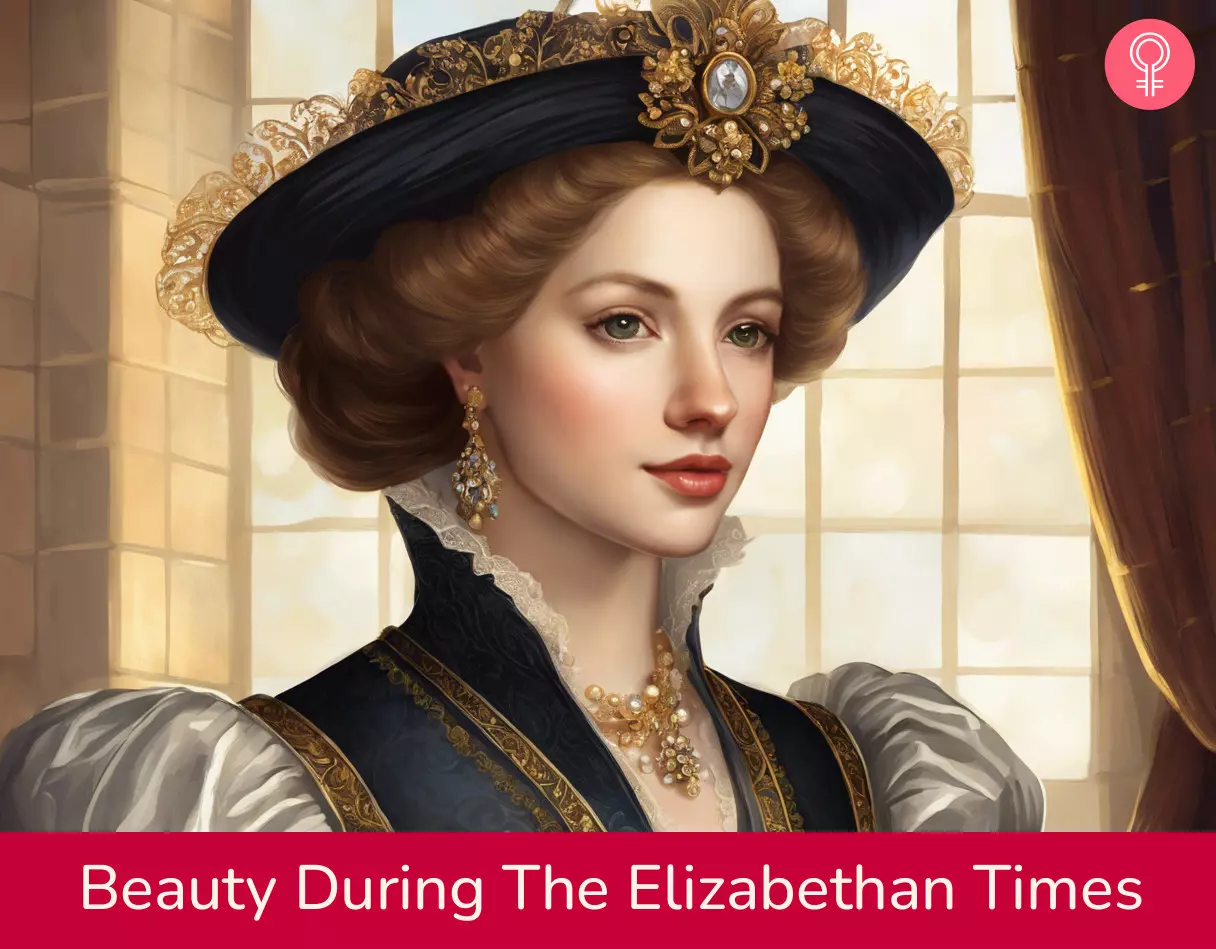
Image: Stable Diffusion/StyleCraze Design Team
Personal Experience: Source
StyleCraze's articles are interwoven with authentic personal narratives that provide depth and resonance to our content. Below are the sources of the personal accounts referenced in this article.
i. Wigs: Elizabethan stylehttps://makeupbypip.blogspot.com/2012/10/wigs-elizabethan-style.html
Read full bio of Simone de Vlaming
Read full bio of Nisha Baghadia
Read full bio of Shatabdi Bhattacharya
Read full bio of Joyce Joyson







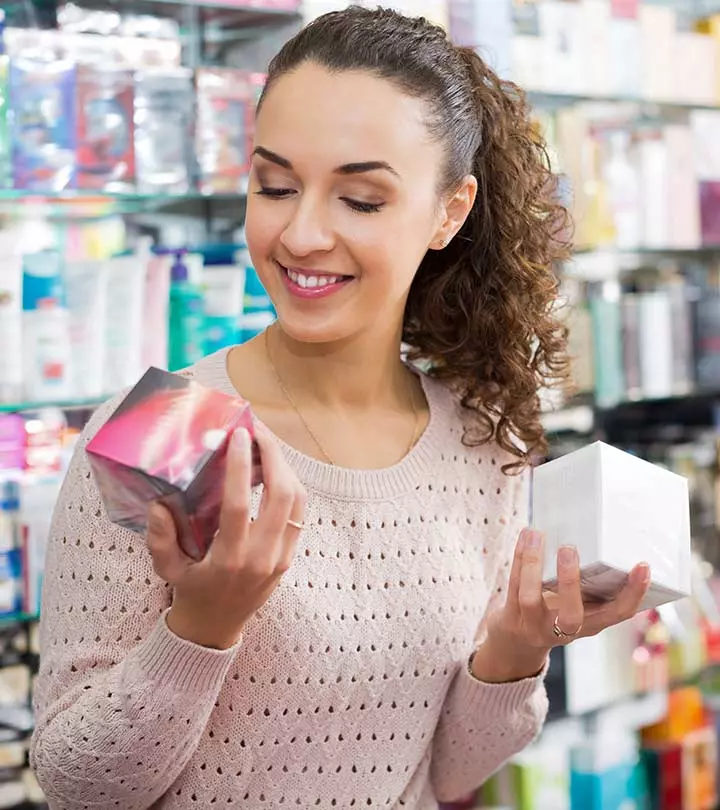
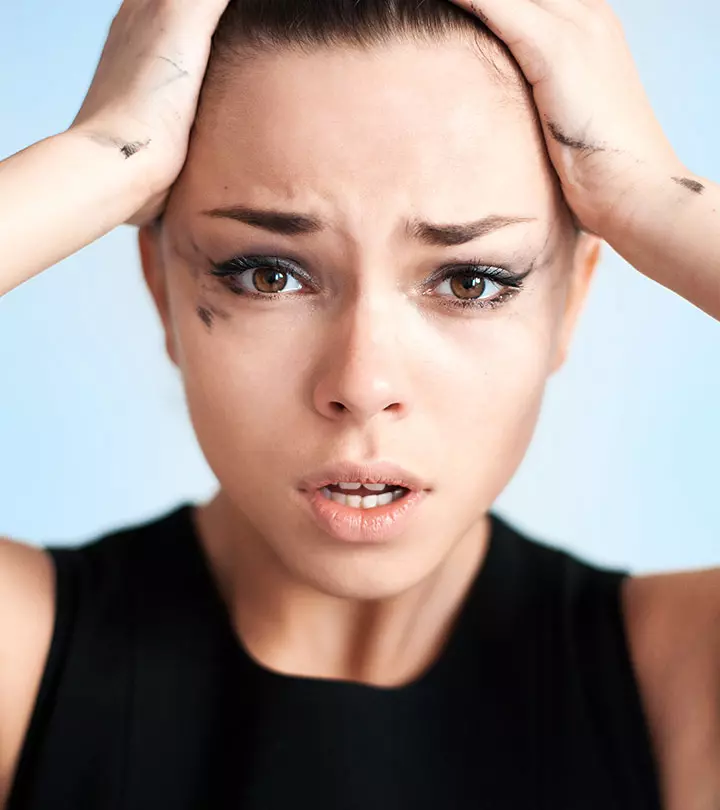

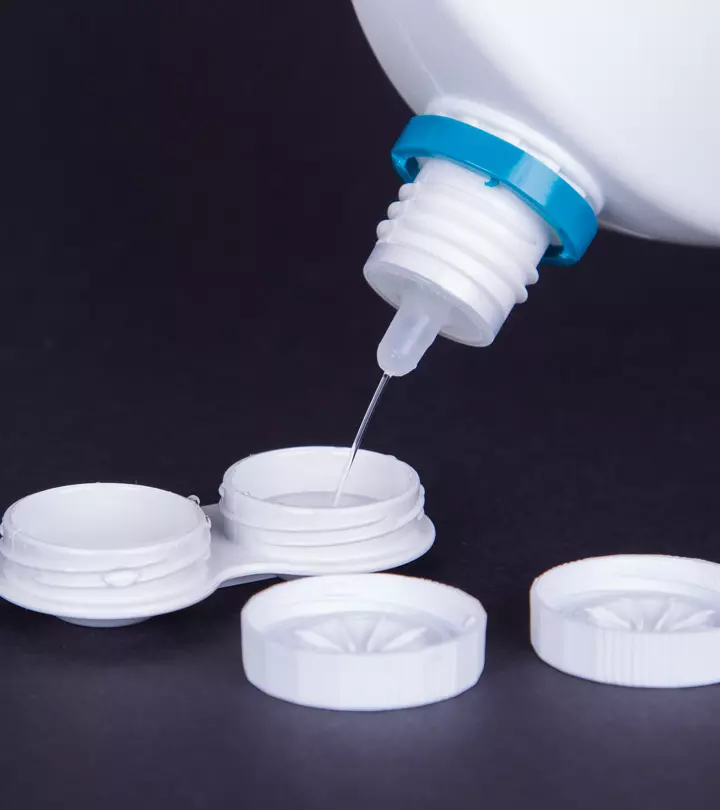
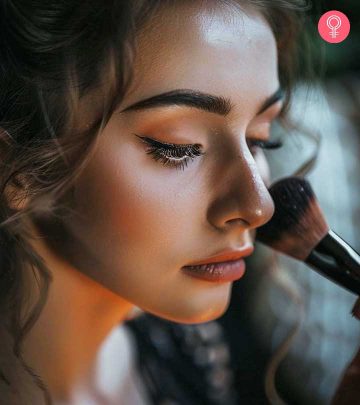
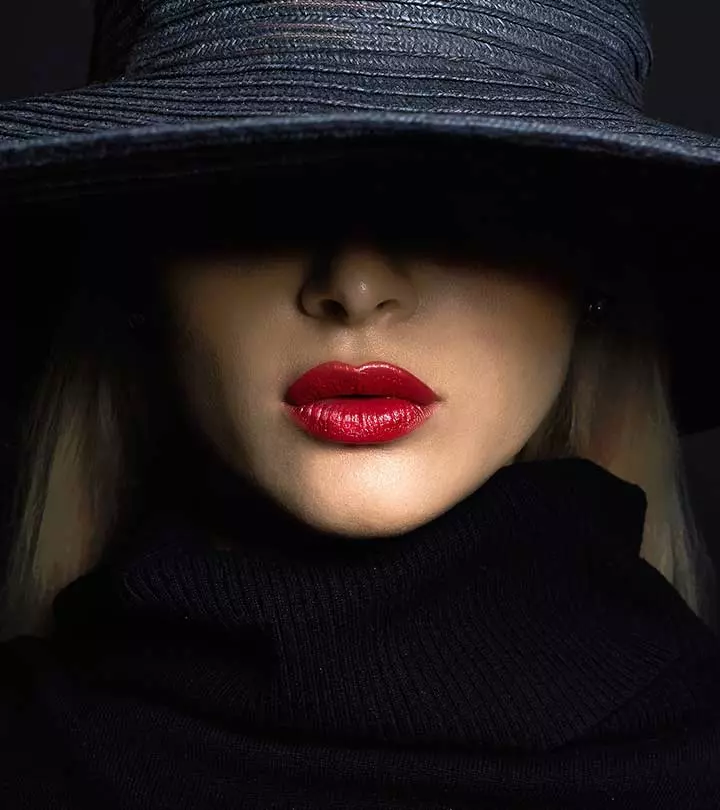
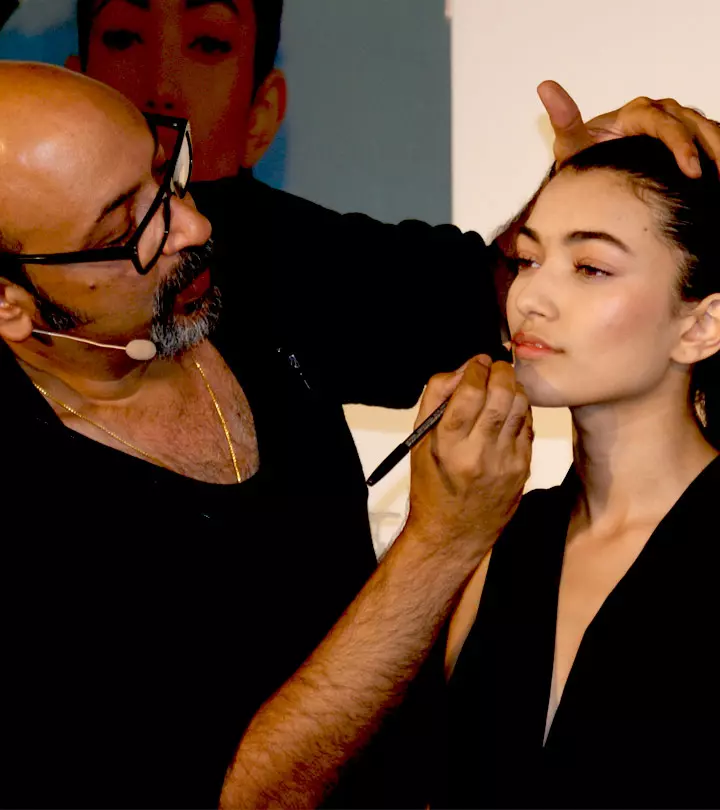
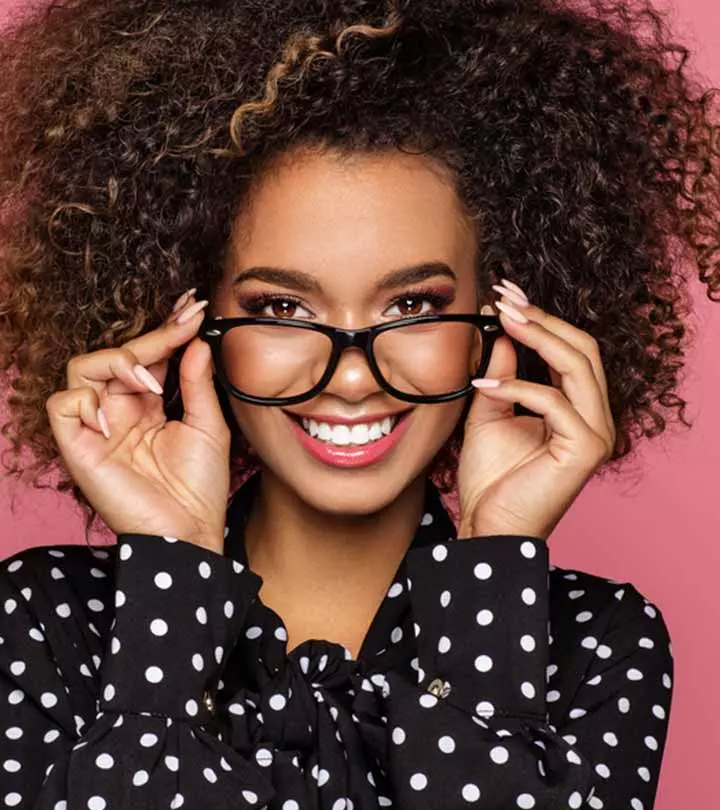


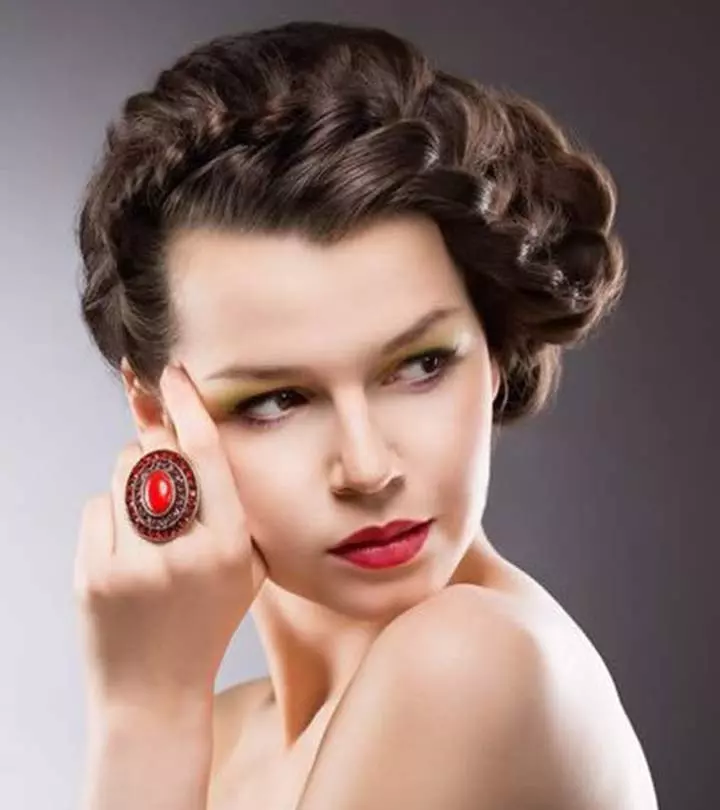
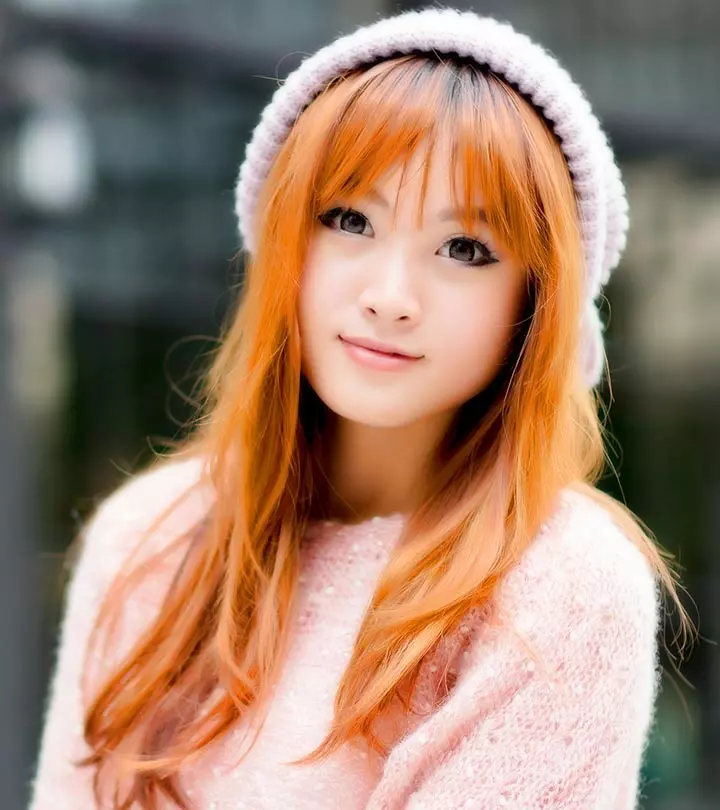
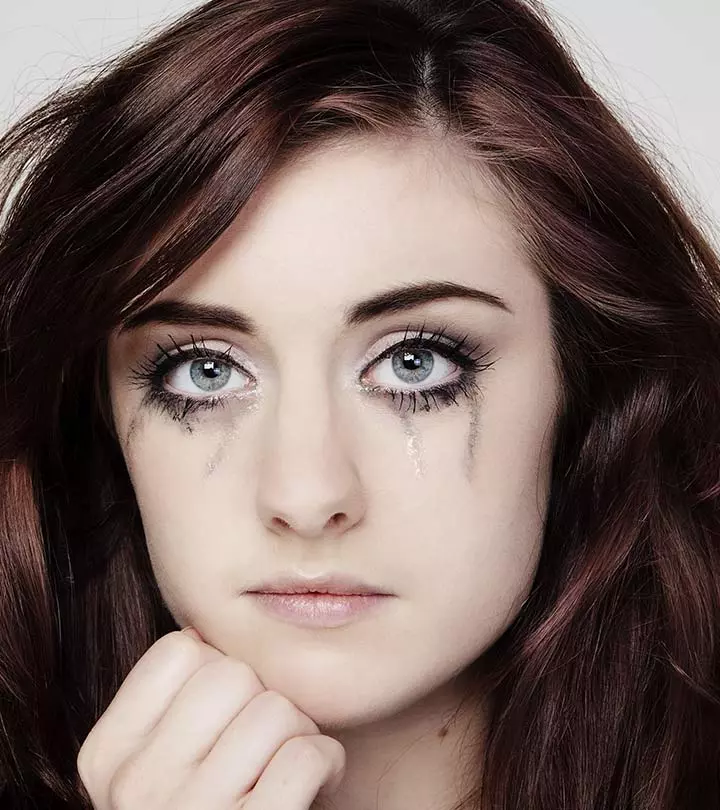
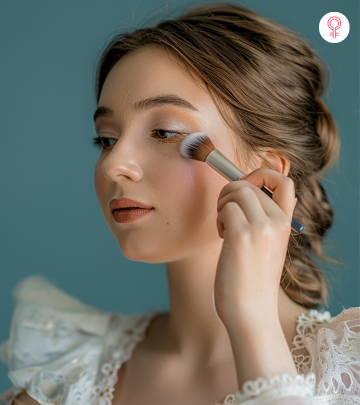
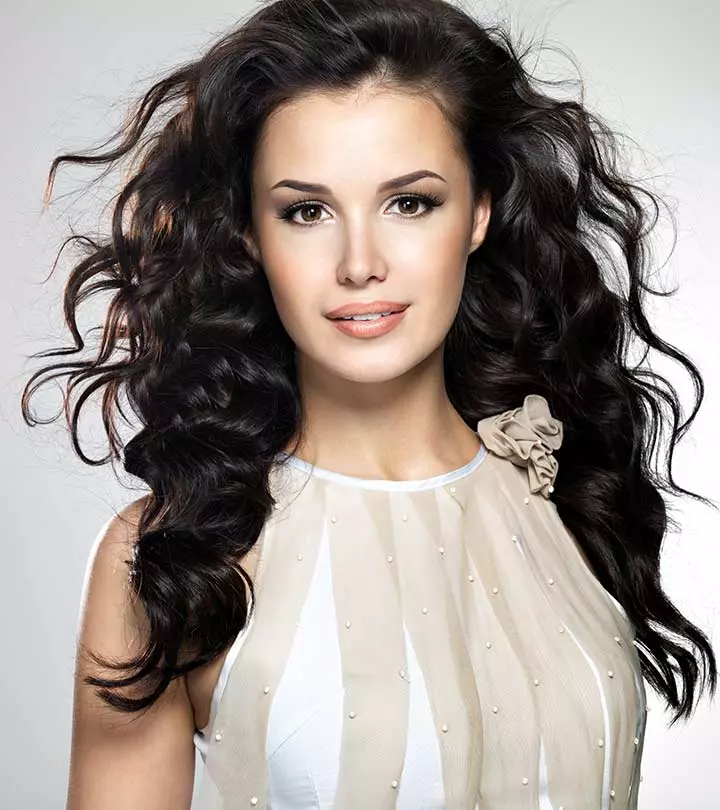
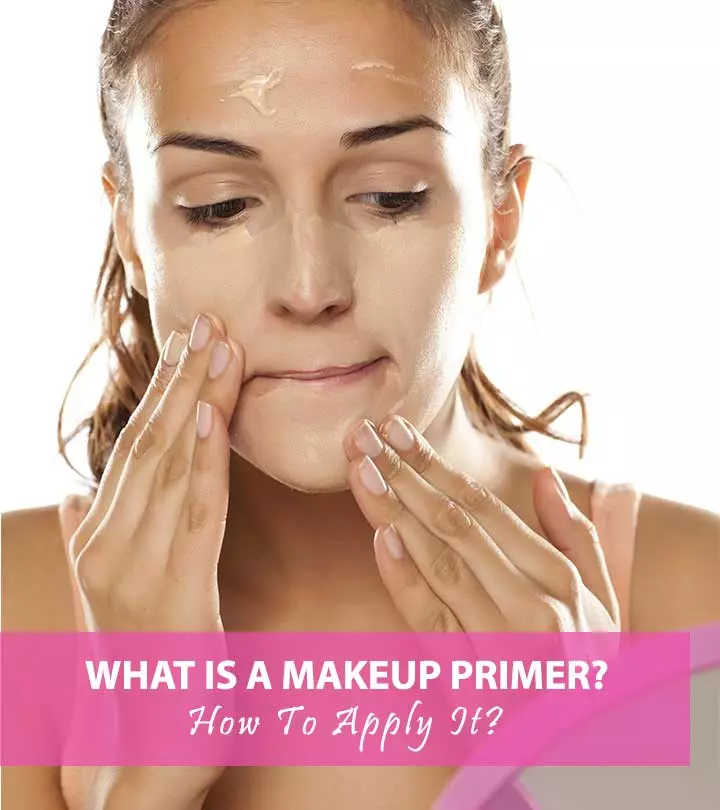
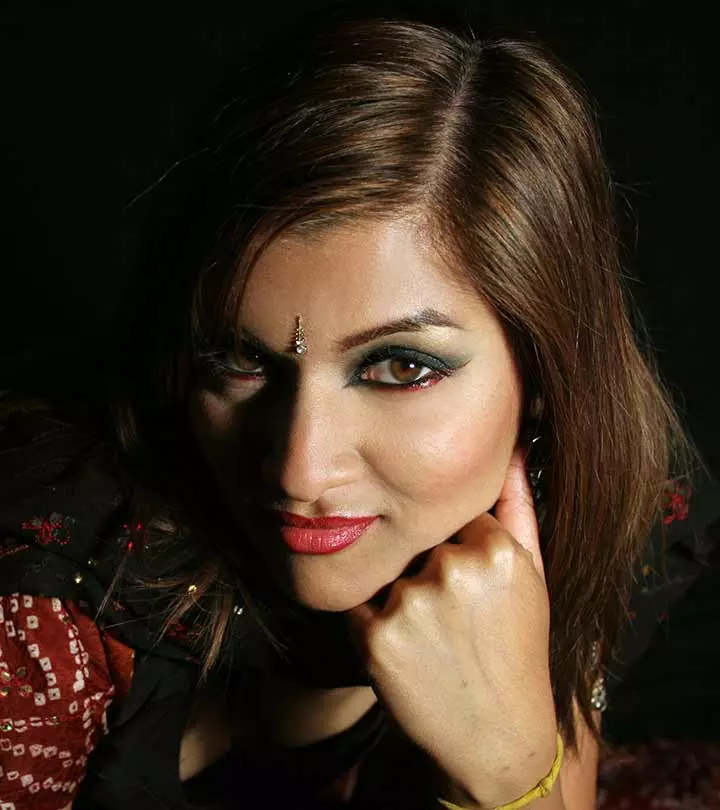
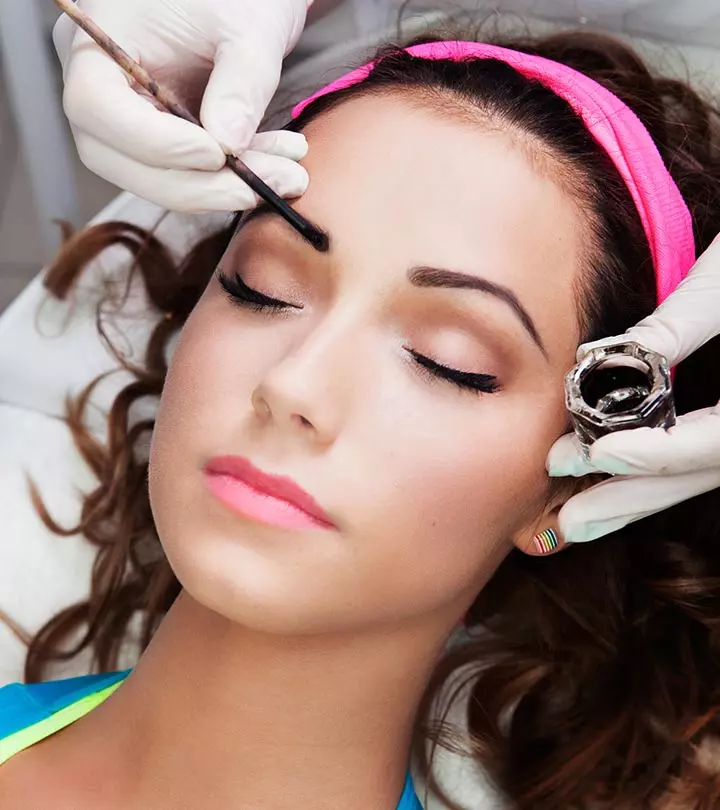
Community Experiences
Join the conversation and become a part of our empowering community! Share your stories, experiences, and insights to connect with other beauty, lifestyle, and health enthusiasts.